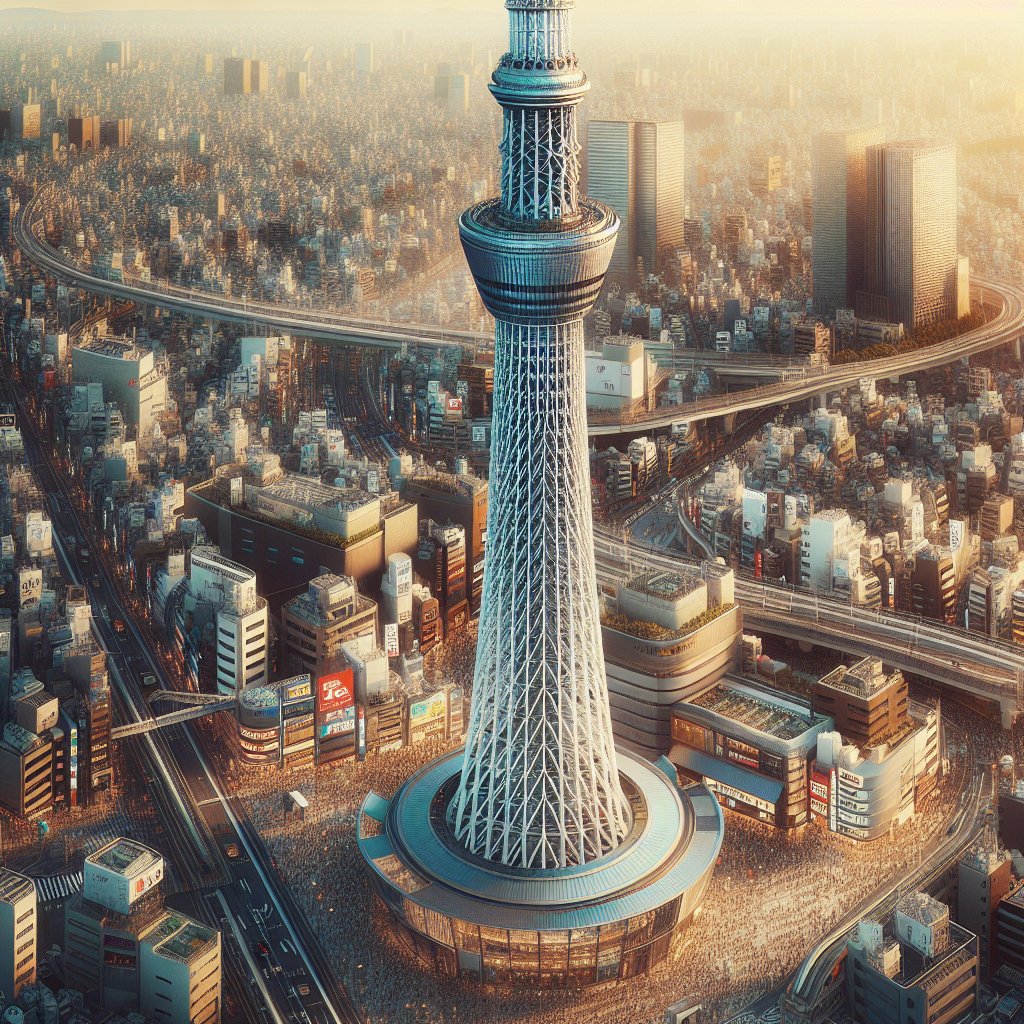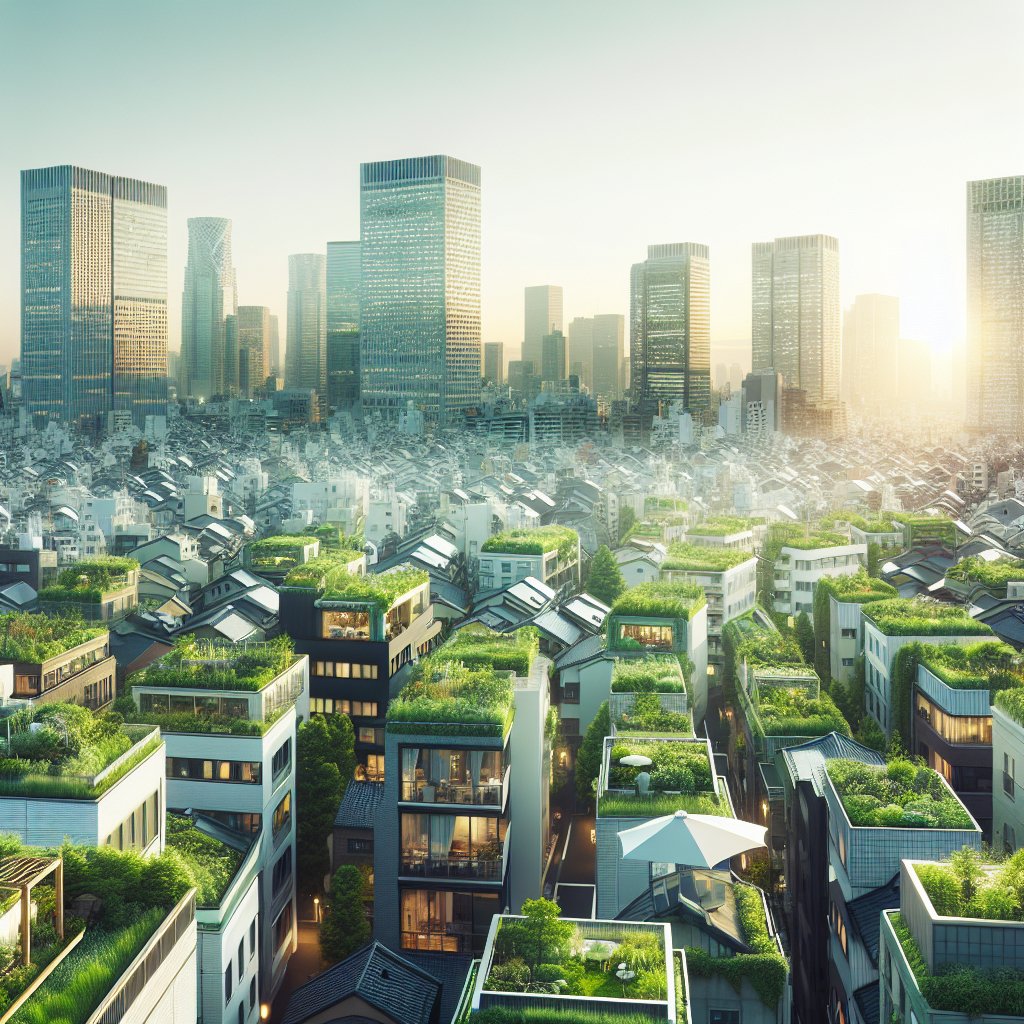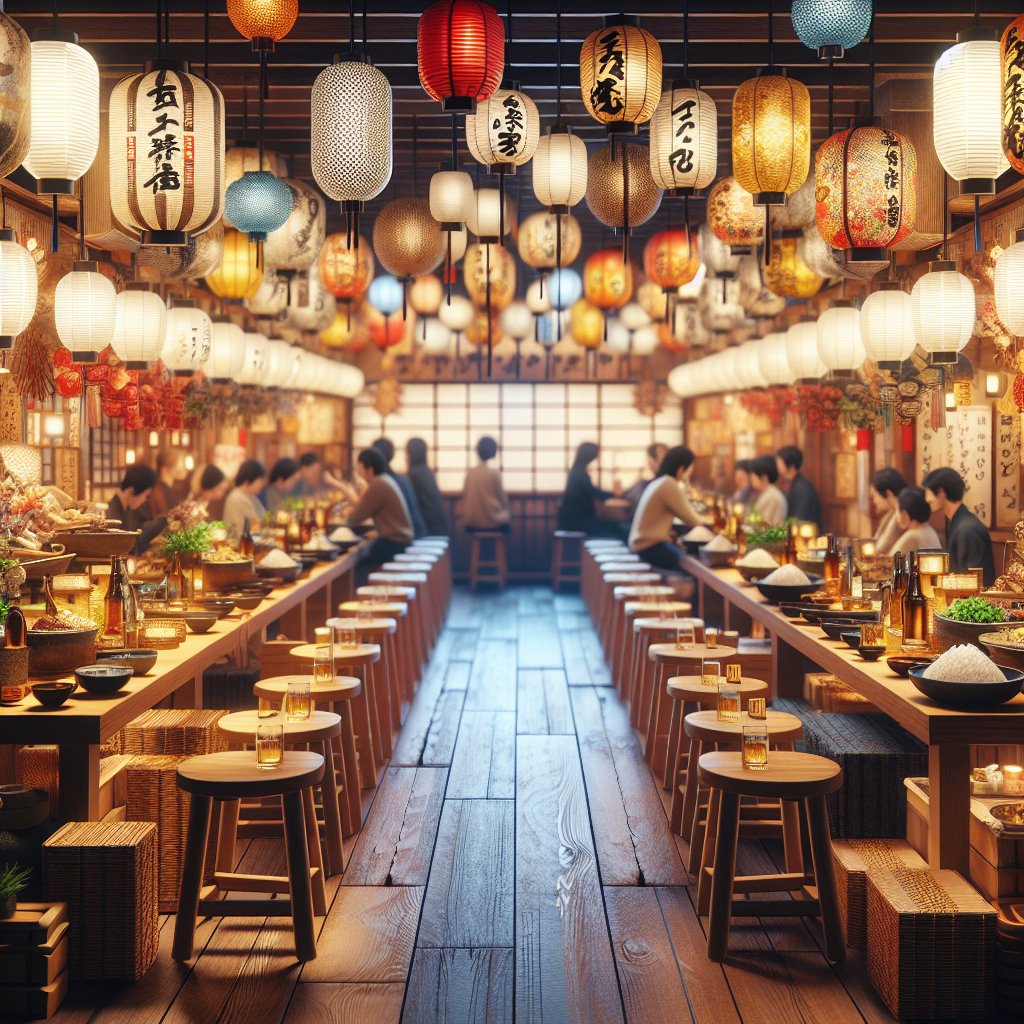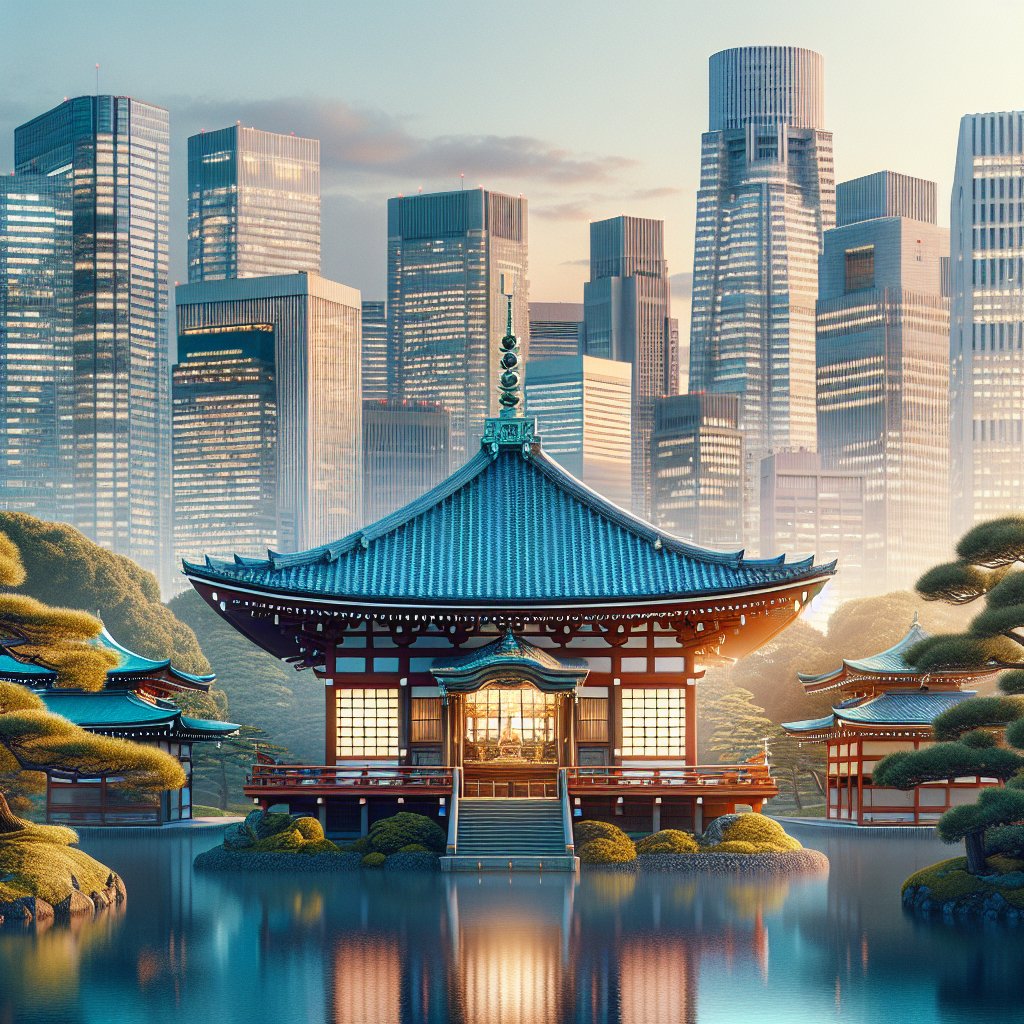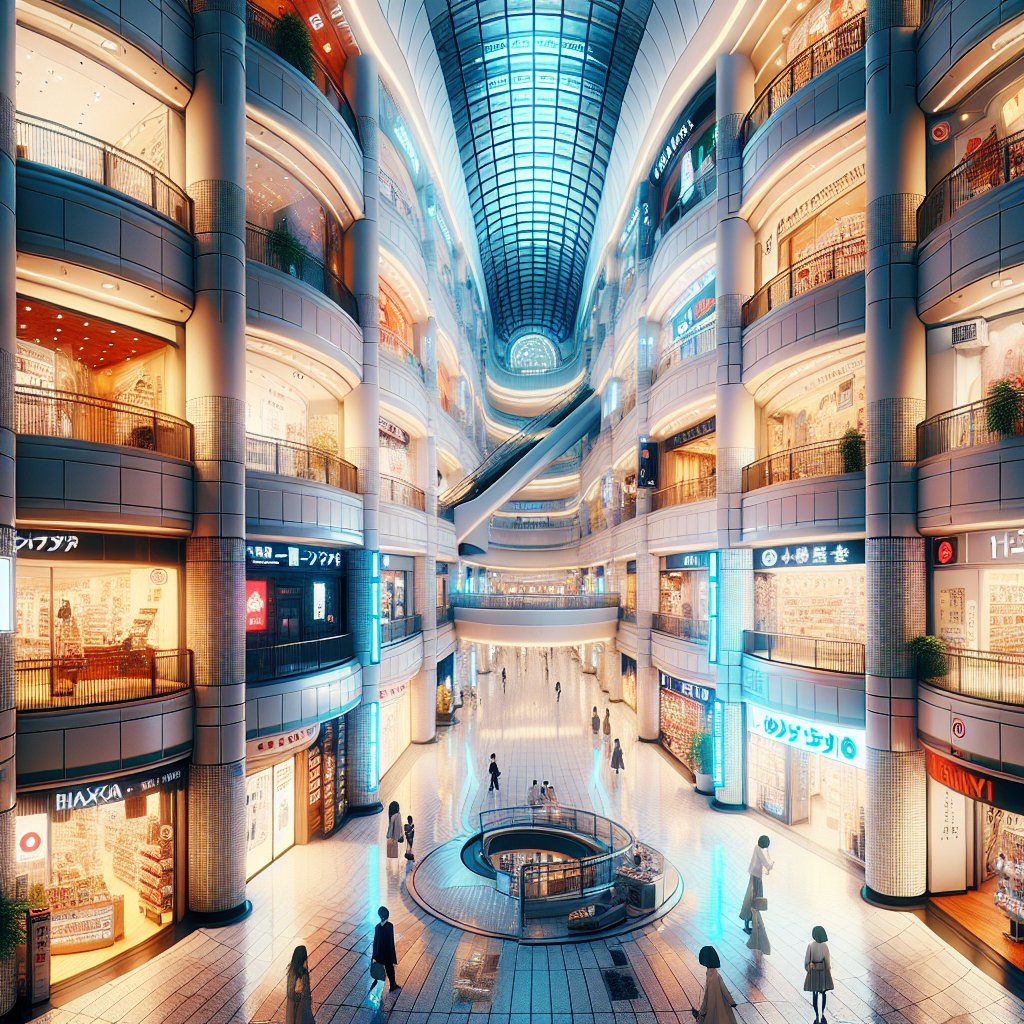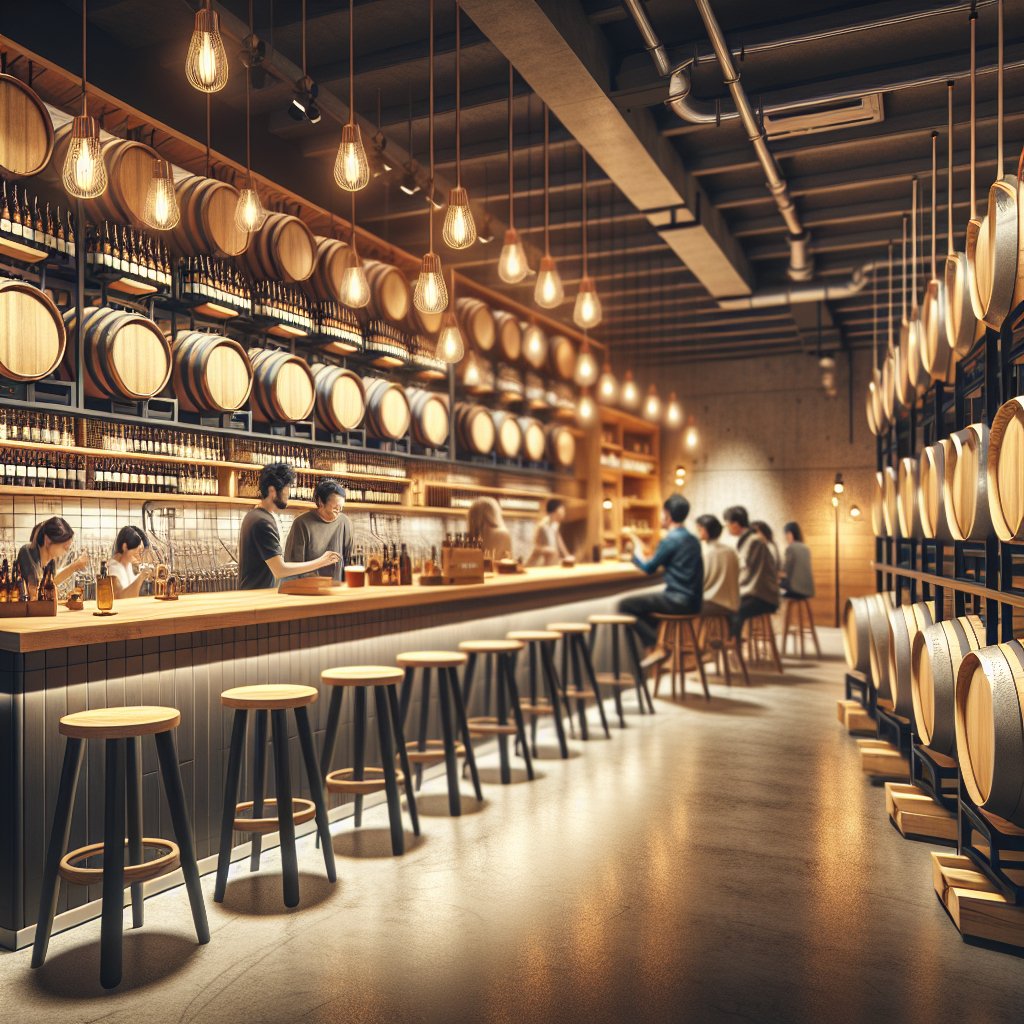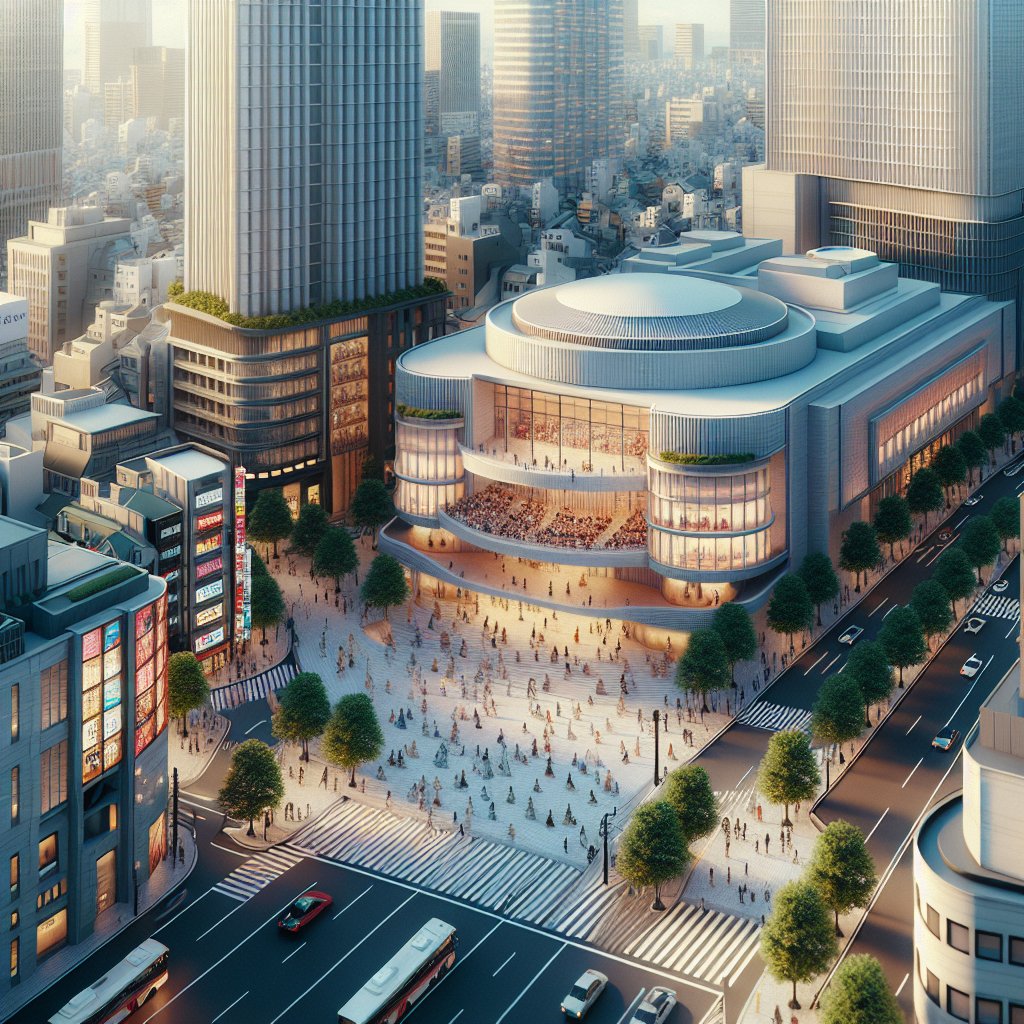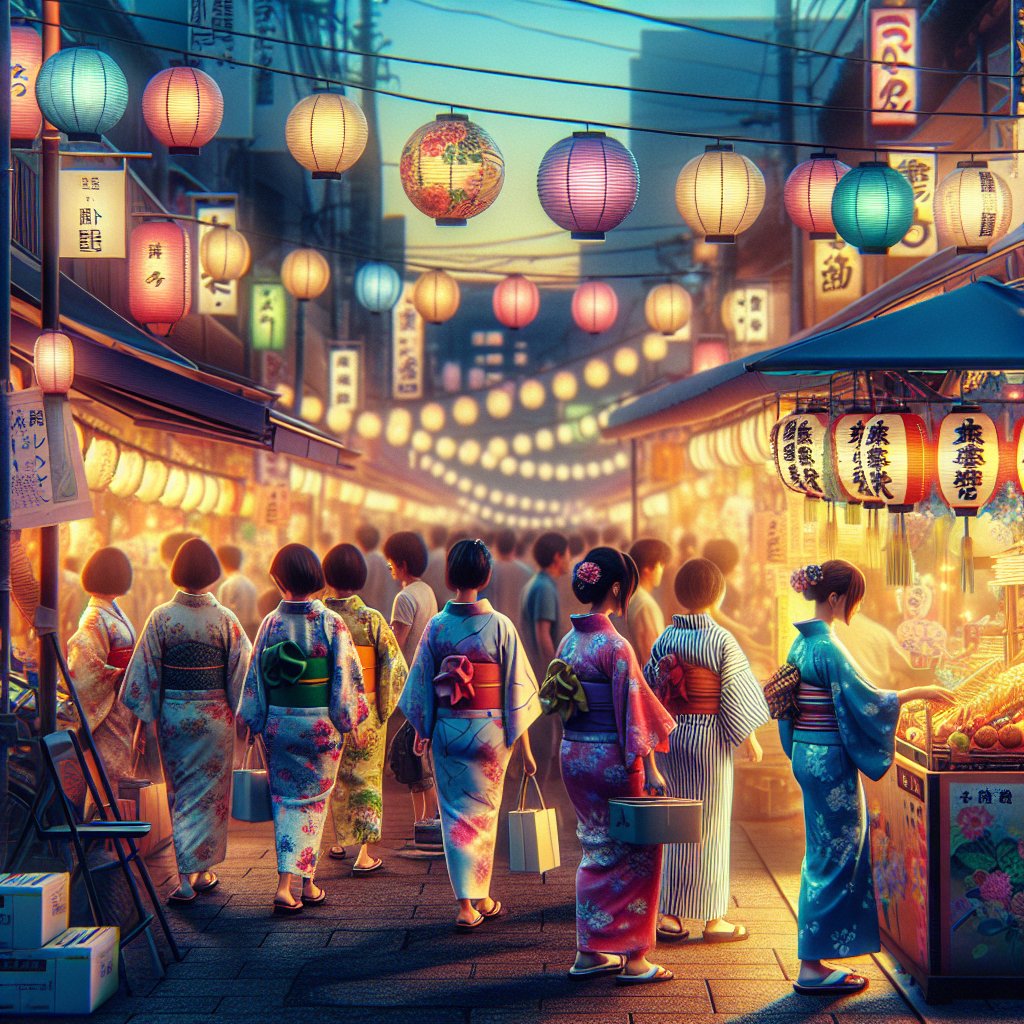Tokyo, the bustling capital of Japan, is a city that seamlessly blends the ultramodern with the traditional. Among its many attractions, the Tokyo Skytree stands out as a symbol of the city’s futuristic skyline. This towering structure is not only a marvel of engineering but also a cultural hub that offers visitors a unique perspective on Tokyo. In this article, we will explore what you can expect when visiting the Tokyo Skytree, from its architectural significance to the experiences it offers.
Architectural Marvel: The Design and Construction of Tokyo Skytree
The Tokyo Skytree is an architectural masterpiece that dominates the city’s skyline. Standing at a staggering height of 634 meters (2,080 feet), it is the tallest structure in Japan and the second tallest in the world. The design of the Skytree is inspired by traditional Japanese architecture, yet it incorporates cutting-edge technology to withstand the seismic activity that is common in the region.
The construction of the Skytree began in 2008 and was completed in 2012. The tower’s design is based on a tripod structure, which provides stability and strength. The architects also incorporated a central column, known as a “shinbashira,” which acts as a counterweight to reduce swaying during earthquakes. This innovative design ensures that the Skytree is not only a visual spectacle but also a safe and secure structure.
Visitors to the Skytree can appreciate its architectural beauty from both the outside and the inside. The tower’s exterior is clad in a lattice of steel, which gives it a sleek and modern appearance. Inside, the Skytree houses a variety of attractions, including observation decks, restaurants, and shopping areas, all designed to provide a comprehensive experience for visitors.
Experiencing the Skytree: Observation Decks and Beyond
One of the main attractions of the Tokyo Skytree is its observation decks, which offer breathtaking views of the city and beyond. The Skytree has two main observation decks: the Tembo Deck and the Tembo Galleria. The Tembo Deck is located at 350 meters (1,148 feet) and provides a 360-degree view of Tokyo. Visitors can see iconic landmarks such as Mount Fuji, the Tokyo Tower, and the sprawling metropolis below.
The Tembo Galleria, located at 450 meters (1,476 feet), is known as the “world’s highest skywalk.” This observation deck features a spiraling glass corridor that allows visitors to feel as though they are walking in the sky. The experience is both exhilarating and awe-inspiring, offering a unique perspective on the vastness of Tokyo.
In addition to the observation decks, the Skytree offers a range of other attractions. The Skytree Town, located at the base of the tower, is a bustling area filled with shops, restaurants, and entertainment options. Visitors can explore the diverse range of Japanese and international cuisine, shop for souvenirs, or enjoy a leisurely stroll through the area.
The Skytree also hosts a variety of events and exhibitions throughout the year, making it a dynamic and ever-changing destination. From seasonal light displays to cultural festivals, there is always something new to experience at the Skytree.
Cultural Significance and Impact on Tokyo
The Tokyo Skytree is more than just a tourist attraction; it is a symbol of Tokyo’s resilience and innovation. The tower has become an integral part of the city’s identity, representing its ability to blend tradition with modernity. The Skytree’s design pays homage to Japan’s rich cultural heritage while embracing the future with its advanced technology and sustainable practices.
The Skytree has also had a significant impact on the local economy, attracting millions of visitors each year. It has revitalized the surrounding area, leading to the development of new businesses and infrastructure. The Skytree has become a focal point for both locals and tourists, fostering a sense of community and pride in the city.
Moreover, the Skytree serves as a broadcasting tower, providing digital television and radio signals to the Kanto region. This function highlights the tower’s importance not only as a cultural landmark but also as a vital part of Tokyo’s communication network.
Practical Information for Visitors
For those planning a visit to the Tokyo Skytree, there are a few practical considerations to keep in mind. The Skytree is easily accessible by public transportation, with several train and subway lines connecting to the nearby Oshiage and Tokyo Skytree stations. Visitors can purchase tickets for the observation decks online or at the ticket counters, with options for both standard and fast-track entry.
It is advisable to visit the Skytree during weekdays or early in the morning to avoid crowds, especially during peak tourist seasons. The Skytree is open year-round, with extended hours during special events and holidays. Visitors should also check the weather forecast, as visibility from the observation decks can be affected by weather conditions.
Overall, a visit to the Tokyo Skytree is a must for anyone traveling to Tokyo. Whether you are interested in architecture, culture, or simply want to enjoy stunning views of the city, the Skytree offers an unforgettable experience that captures the essence of Tokyo.
